Log burning stoves: Everything you need to know before buying
The best log burning stoves will not only offer a great solution for heating your home, but can add bags of character too
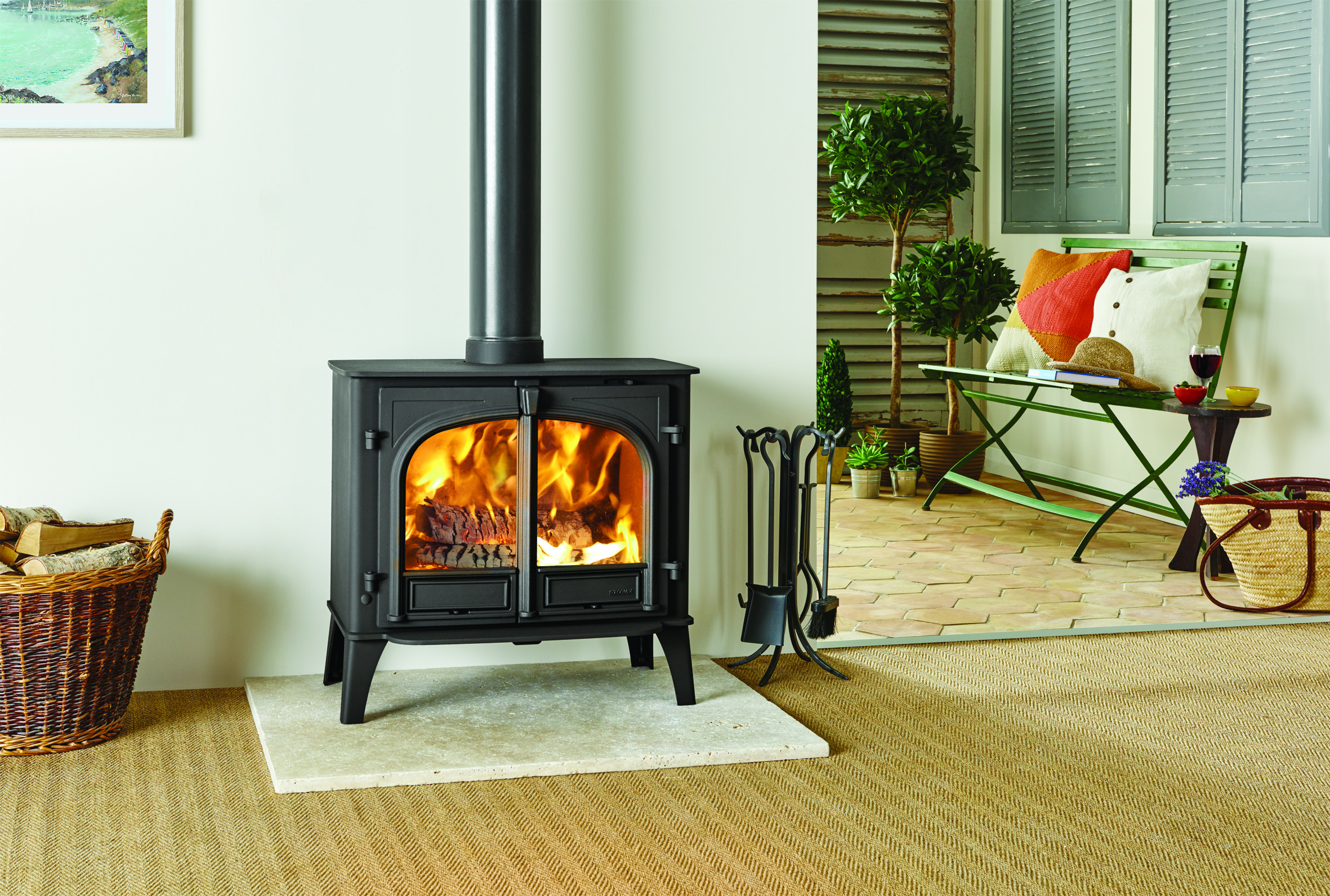
Log burning stoves are increasingly popular with homeowners due to the comfort they provide and the characterful focal point they can bring to a home.
Today's log burning stoves are highly efficient and reduce reliance on fossil fuels for domestic heating. Great for heating a single space, log burning stoves can also work well with other low carbon heating solutions, like heat pumps.
But opting for a log burning stove requires careful thought. You will need to consider the rules regarding log burning stoves where you live, as well as the type of property you live in before you get into the nitty gritty of the type and size of log burning stove you want, the fuel supply, the maintenance requirements and the all-important costs.
Luckily, this guide covers all this information and more to help you confidently choose the right log burning stove for your home.
Suitability
Should I Get a Log Burning Stove?
This is the crucial first step before you purchase a log burning stove. There are several factors which will influence whether or not a log burning stove is the right choice for you and your home, so it pays to do your homework.
Where Do You Live?
If you live in a town or city, do check to see if you’re within a Smoke Control Area; you can find out by contacting your local authority or visiting its website. If you do find yourself in one, then you’ll only be able to burn DEFRA-approved smokeless fuel (such as anthracite) — wood certainly is not one.
Alternatively, if you do want to burn wood or non-exempt fuels, you’ll need to specify a DEFRA-exempt stove; there’s a list available here, but you’ll find that most manufacturers and suppliers are quick to mark out models with this stamp of approval.

What Kind of House Do You Live In?
Stoves need air for combustion to take place. In order to obtain a sufficient air supply, the air within the room needs to be replenished.
In older, draughty homes, and particularly those with large rooms, this doesn’t tend to be an issue. However, in modern, well-insulated, airtight self built homes, this is not the case.
The situation is further complicated by mechanical ventilation systems. Room-sealed stoves with a direct air supply (which basically means the air is taken from outside the house, not inside) have an important application here.
If you do have an airtight home, look out for models which provide all the air the stove needs externally — some only provide the primary air source, with air still drawn from the room.
Are You Prepared for the Upkeep?
Finally, there are some small tasks associated with owning a log burner — for example, fetching in dry logs, and in the case of multi-fuel stoves, you'll need to clean out the ask pan. It's not for everyone; a gas or electric log burner might be an alternative for those who like the look without the maintenance.

Do You Have a Ready Supply of Fuel Nearby for Your Log Burning Stove?

Need more advice or inspiration for your project? Get two free tickets to the Homebuilding & Renovating Show.
Before setting your heart on a log burning stove, it’s essential to establish whether you have a supply of firewood readily and locally available.
You may choose to plan for the year ahead and purchase logs to season (air dry) yourself, which will happily bring cost benefits, but you will require a log store, preferably one close to the house, to do so.
If you’re unable to pin down a good, reliable supplier or are short on space to season and/or store wood, then a multifuel stove could be a good idea; they give the option of burning solid fuels such as smokeless anthracite, briquettes, as well as wood.
(MORE: Log Store Ideas)
Types of Log Burning Stove
What Type of Log Burning Stove Should I Get?
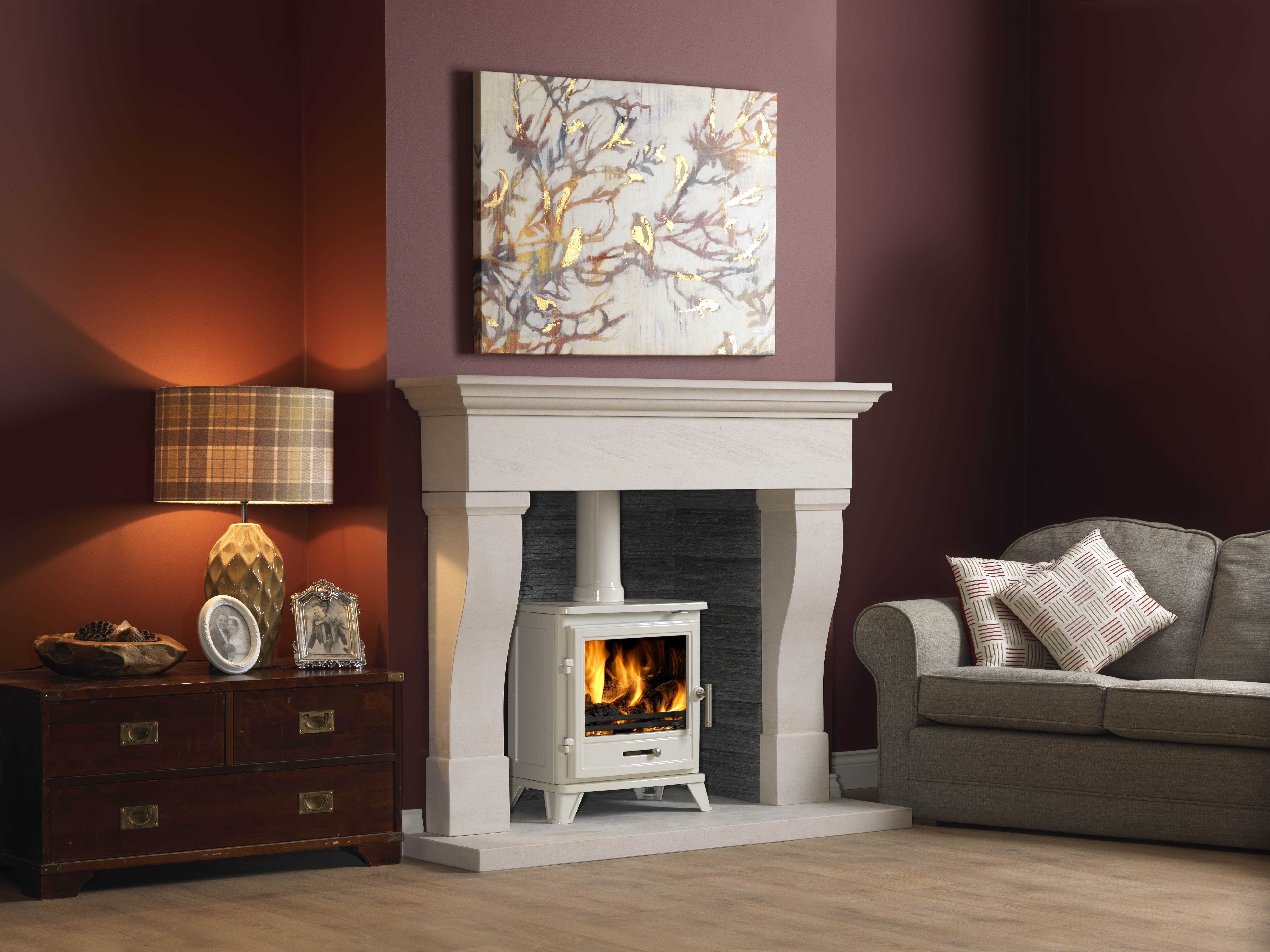
Once you've assessed that a log burning stove is right for your home, you need to consider what type of stove to get. There are several different types available and they differ in the way in which they heat the space.
Radiant Stoves
As the name suggests, these log burning stoves radiate heat through the glass and stove body, providing a focal point to cosy up to (they’re still perhaps popular because they most resemble open fires in this way).
This type of stove is safest when installed within a chimney breast or inglenook, and soapstone is sometimes used to clad the top and sides; this stone absorbs, stores and slowly radiates heat.
Convection Stoves
A convection stove, features an outer shell or additional side panels which clad the combustion chamber — the heat is transferred to the air caught within this outer shell and is, in turn, distributed around the room.
They’re a better option for freestanding stoves – as the sides don’t get so hot – and good in open plan spaces where they’re likely to be used as a secondary heating stove.
Multi-Fuel Stoves
There’s a key difference between the ways in which different fuels are burnt; while wood burns best on a bed of ash with air circulating above, conversely, solid fuels require air circulating below. Multifuel stoves are designed for both tasks, although some log burning stoves can be specified with a removable grate for the purpose of burning solid fuels.
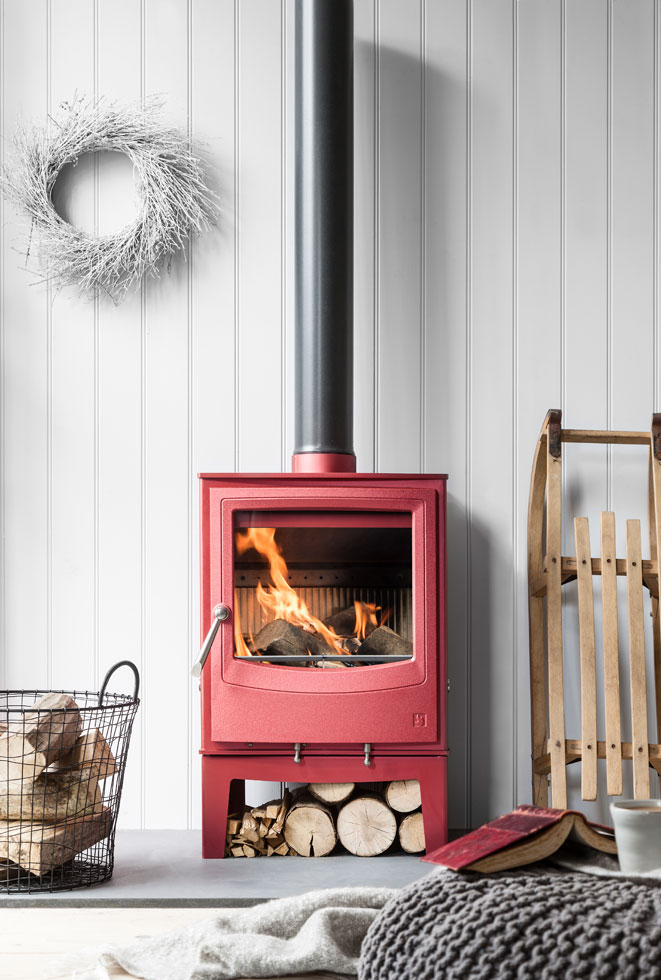
Costs
How Much Does a Log Burning Stove Cost to Buy?
Prices for decent log burning stoves tends to start from around £500 up to around £1,500 — although statement models cost far more than this, upwards of £3,000.
You will also need to factor in the cost of installing a log burning stove. Costs range from £400 up to over £1,000 depending on the work that needs to be carried out and the existing fireplace opening and chimney.
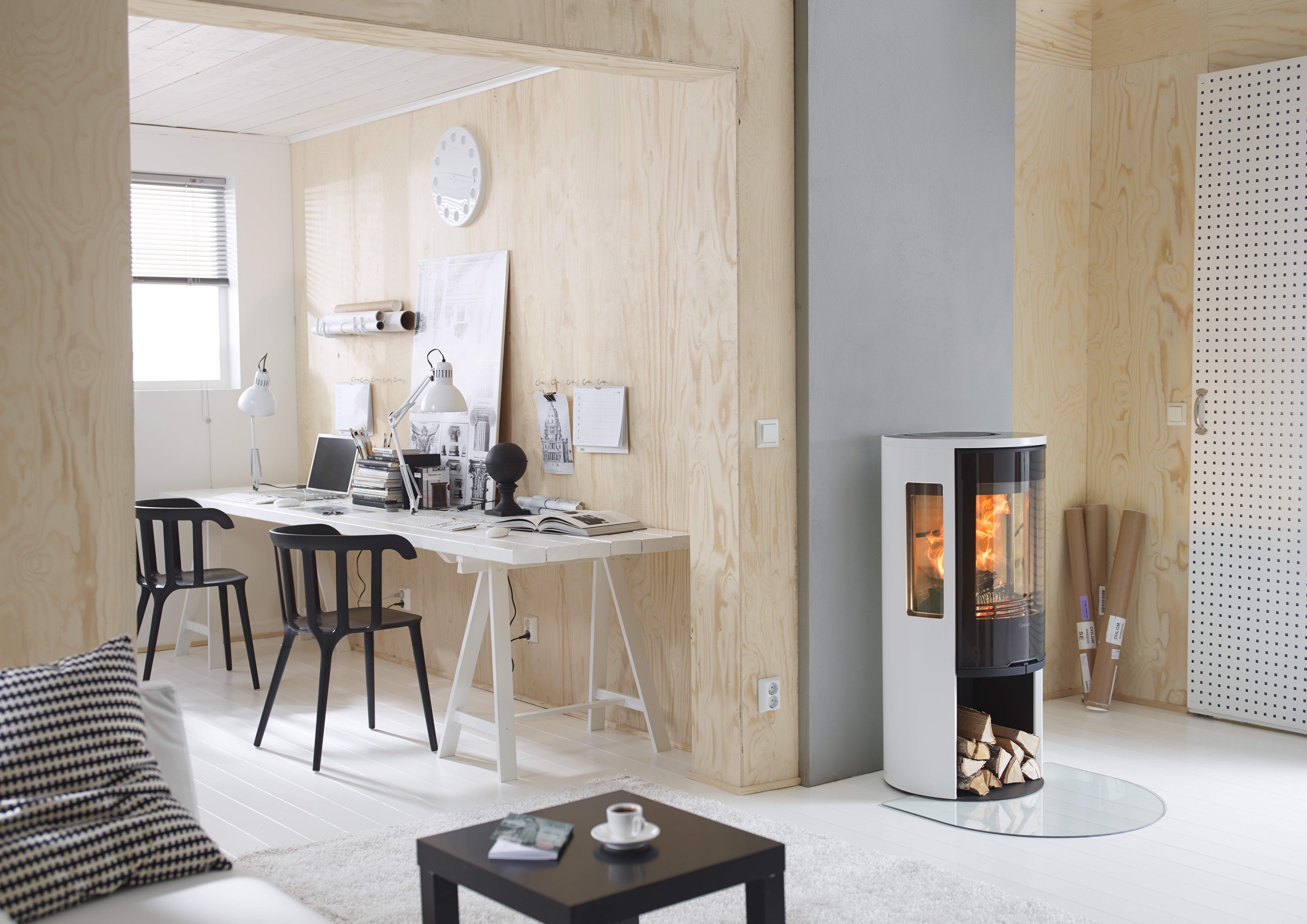
How Much Does a Log Burning Stove Cost to Run?
The key to success depends on the fuel you’re buying. For a start, hardwood logs are denser than softwoods and you’ll receive more kWh from a cubic metre bag of hardwoods than softwoods — but softwoods are usually cheaper. While the type of wood offers a variable in output, it’s not massive — by far the biggest impact is moisture content.
The table below is a very general guide to how moisture content affects kWh output.
| Moisture content | Approx. kWH/kg | Header Cell - Column 2 |
|---|---|---|
| 10% (kild dried/brickettes) | 5 | Row 0 - Cell 2 |
| 30% | 3.5 | Row 1 - Cell 2 |
| 40% | 3 | Row 2 - Cell 2 |
| 50% (freshly cut) | 2.5 | Row 3 - Cell 2 |
Most merchants sell in cubic metre bags but the weight of these bags will vary depending largely on the moisture content.
- Kiln dried logs (where the moisture is below 10%) will cost £120-£140 per cubic metre bag. But the weight of these will be just 250kg.
- A bag of ‘seasoned’ logs where the moisture content (MC) can still be up to as much as 30%, even after 12 months of air drying, will weigh on average 300kg per cubic metre bag and cost you between £70 and £90.
- A cubic metre of freshly cut logs would come in at 500kg with a moisture content of 50% and be cheapest at £50 per bag.
So let’s work out the relative values of those different options based on the above assumptions.
| Type of log | Cost/kg | Cost/kWh |
|---|---|---|
| Fresh (50% MC) | 10p | 4p (at 2.5kWh/kg) |
| Seasoned (25%) | 26p | 6.5p (at 4kWh/kg) |
| Dried/brickettes (10%) | 52p | 10.4p (at 5kWh/kg) |
So, perhaps surprisingly, the figures show that the differences in price between dried and freshly cut logs are not usually reflected in the improved outputs you’ll receive (by paying more for dried). The best option is to store as much wood as you can and dry it out over two to three years. The trick is to buy cheap bags of freshly cut logs (at £50-£70 per bag) and then let them dry out to boost output to 4-5kWh/kg. You’ll then be enjoying costs of around 2p-3p/kWh.
In terms of your annual heat demand figure, heating a typical room to say 4kW all day (24 hours) would have used up 96kWh of energy — the equivalent of £4.32 at current gas prices (that’s assuming, of course, that the heating isn’t very well controlled and you lose a lot of heat). The cost for a log burning stove to do the same (based on the above figures) would be £3.84–£9.60, or as little as £2 if you can dry logs yourself over two to three years.
Building Regulations
The easiest way to ensure that your new stove is in line with the regulations concerning sire safety is to have it installed by a HETAS-registered installer who can self-certify the installation.
Does a Log Burning Stove Need to Comply With the Building Regulations?
For your log burning stove to comply with the Building Regulations you will need to choose fireplace materials suitable for the type of stove you are fitting. The regulations surrounding log burners can be found within Document J.
Specification
What Size Log Burning Stove Do I Need?
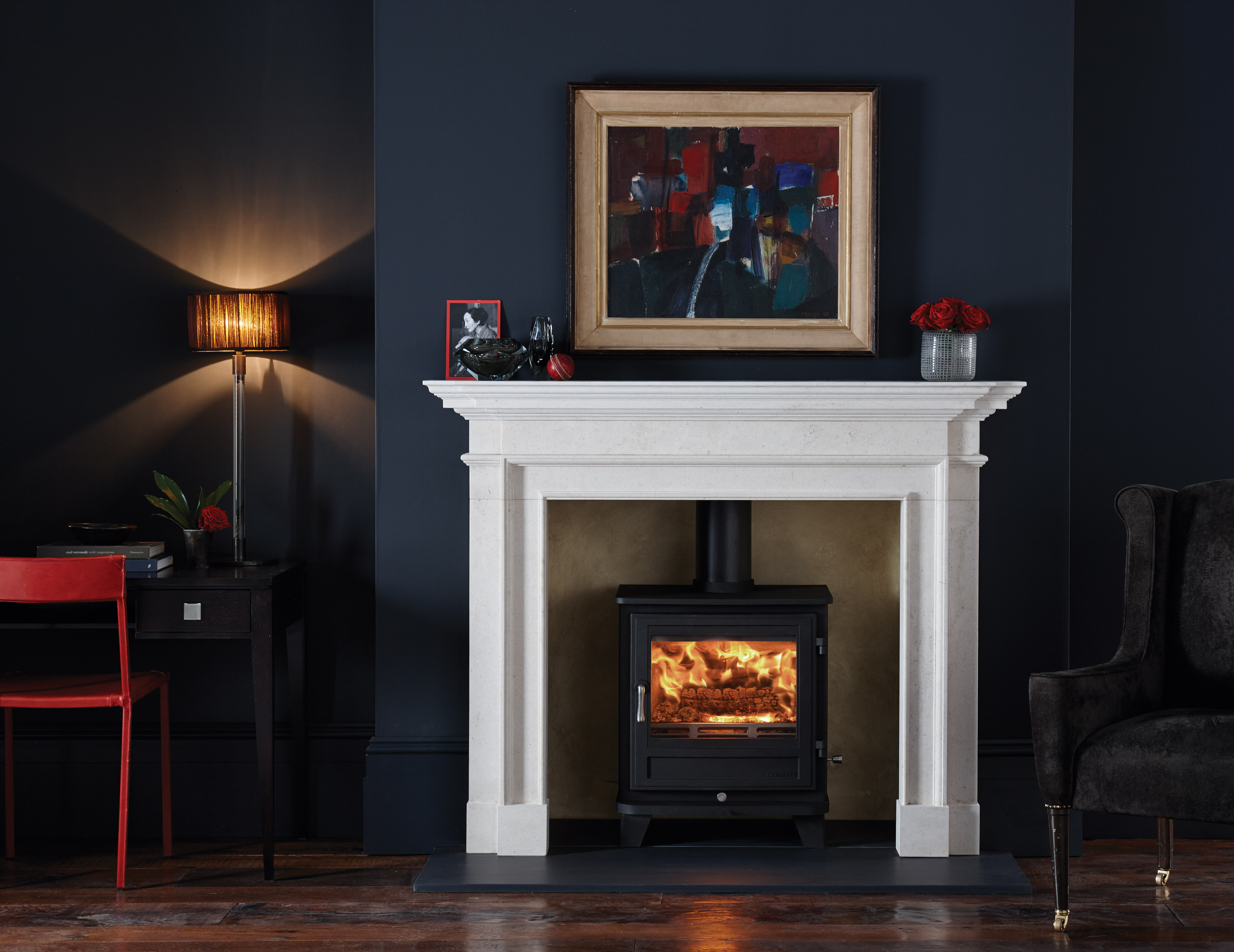
Establishing the heat output (which is measured in kW) required in the room is something to consider early on. Too small, and the stove will be inadequate for purpose. It’s perhaps tempting to opt for a stove with a considerably larger output than required, ‘just in case’.
However, stoves work best when operating at high temperature, achieving close to their heat output — with too large a stove, you could find yourself constantly cutting the air supply and dampening the fire right down (which in turn impacts on efficiency) to cool off. So, it’s important to get it right.
For every 14m³ of space, approximately 1kW is required to achieve a comfortable temperature. So to estimate the heat output required, divide the room in cubic metres (length x width x height) by 14.
This calculation provides only a rough estimate however, as factors such as the level of insulation, wall construction, the number of window or door openings, and features such as open stairwells have a bearing. It’s therefore a good idea to have a HETAS installer undertake a survey to ensure you specify the right model.
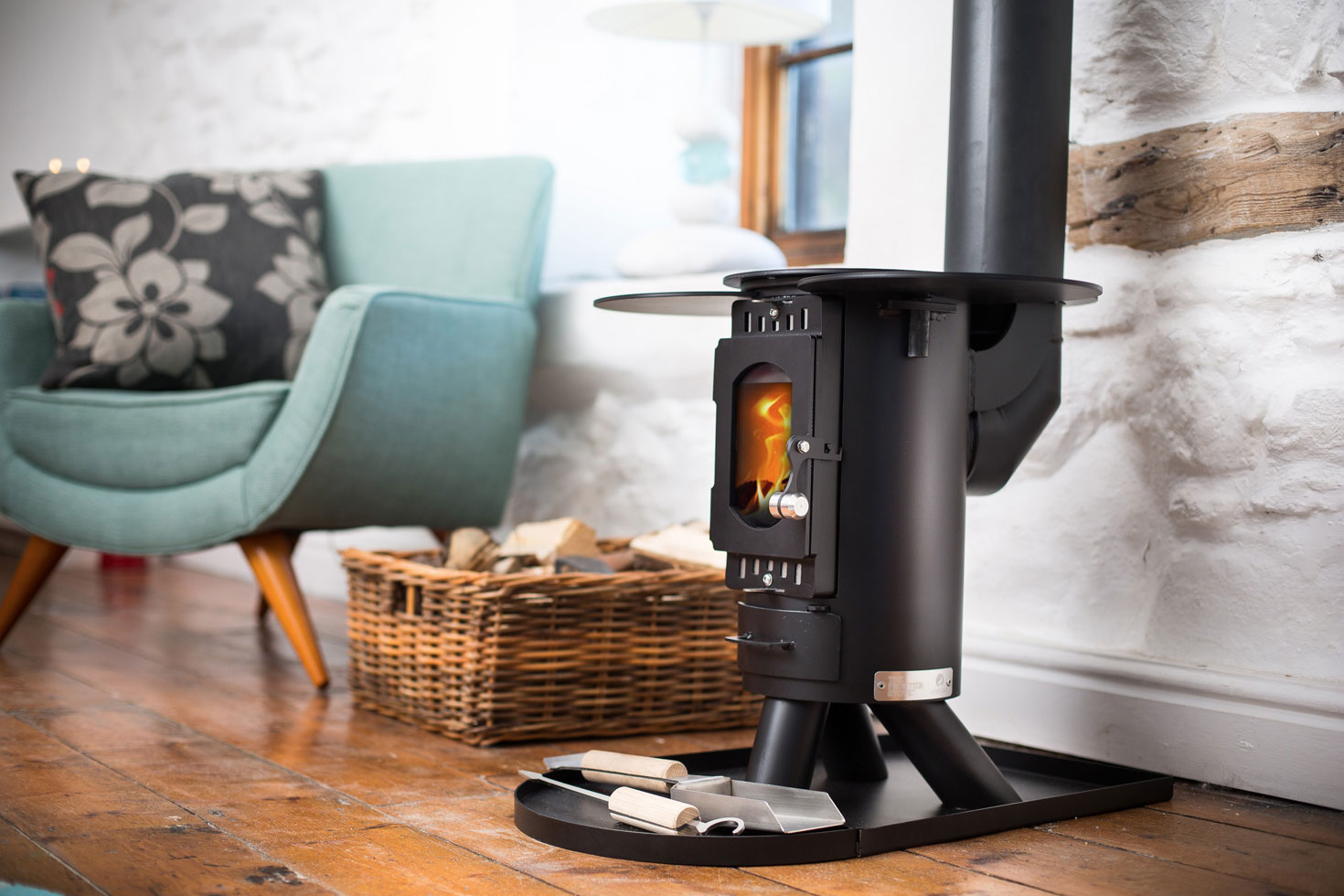
Special Features to Look Out For When Choosing a Log Burning Stove
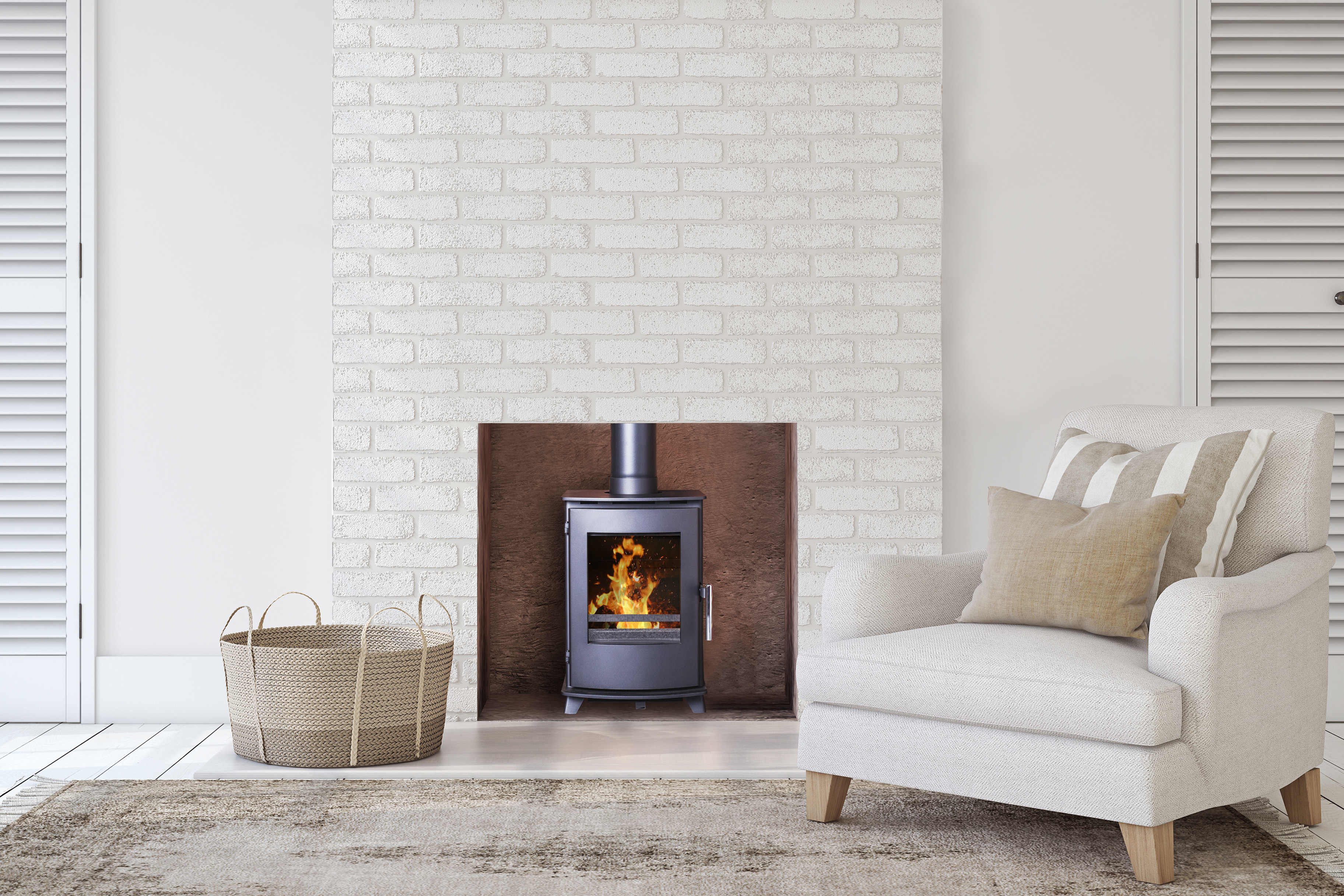
‘Cleanburn’ is a term which you’ll likely come across during specification. This involves the introduction of additional air which burns the gases given off in the first burn, preventing them from escaping up the flue, or sooting up the glass screen.
On that note, ‘airwash’ also helps with the latter; air is blown over the inside surface of the glass to prevent combustion gases creating soot here.
Stovax offers a function called Opti-Burn. “It works by offering the best balance between heat output and the airwash function; the result is an efficient burn that is clean, so you can still enjoy the flames and embers through the glass,” says Stovax’s Matt Beckenham.
Some manufacturers such as Hwam provide an autopilot feature which regulates air intake for maximum efficiency, meaning you don’t have to control the stove manually.
Maintenance
What Maintenance Does a Log Burning Stove Need?
To ensure your log burning stove is working as efficiently as possible and continues to do so well into the future, there are several steps you should take to ensure its upkeep. These include:
- Removing a build up of ash every few days if using daily
- Checking the baffle plate (also known as a throat or deflector plate) for sooty build up
- Clean the glass regularly (damp newspaper dipped in the ash works a treat)
- Regularly check the rope seal around the doors for signs of damage
- Have your chimney swept at least once a year
FAQs
Are Log Burning Stoves Being Banned in the UK?
In short, no, although there are a few new rules under the Clean Air Strategy coming into effect. The Strategy is aimed at ensuring that by 2022 only clean and efficient stoves will be available to buy and that wood fuel must have a moisture content of 20% or less. It also states that all new stoves must be Ecodesign models.
However, there will be no ban on the use of existing log or multi-fuel stoves.
You can find out more about Ecodesign compliant stoves on the HETAS website.
Can I Burn Charcoal in a Log Burning Stove?
Charcoal, or coal, gets extremely hot when burnt. Stoves designed for burning coal should have been designed to do so and will need a grate in the firebox — many log burners will not have ever been designed to burn coal and should not therefore be used.
If you want to have the option of burning coal or wood, choose a multi-fuel stove instead.
Get the Homebuilding & Renovating Newsletter
Bring your dream home to life with expert advice, how to guides and design inspiration. Sign up for our newsletter and get two free tickets to a Homebuilding & Renovating Show near you.
Claire is Brand Development Editor and the former Editor in Chief of Homebuilding & Renovating website and magazine. She became Editor of Homebuilding & Renovating in 2016 and has been a member of the team for 16 years. An experienced homes journalist, her work has also appeared in titles such as Real Homes and Period Living.
She has a particular interest in green homes and sustainability, and interior design is a passion too; she has undertaken qualifications in this area.
After finishing a major renovation of a period cottage, she is now onto her next project: overhauling a 1930s property in the Shropshire countryside.

